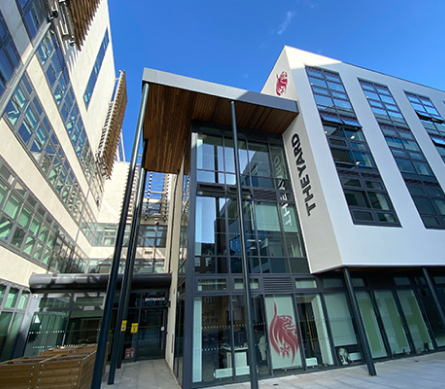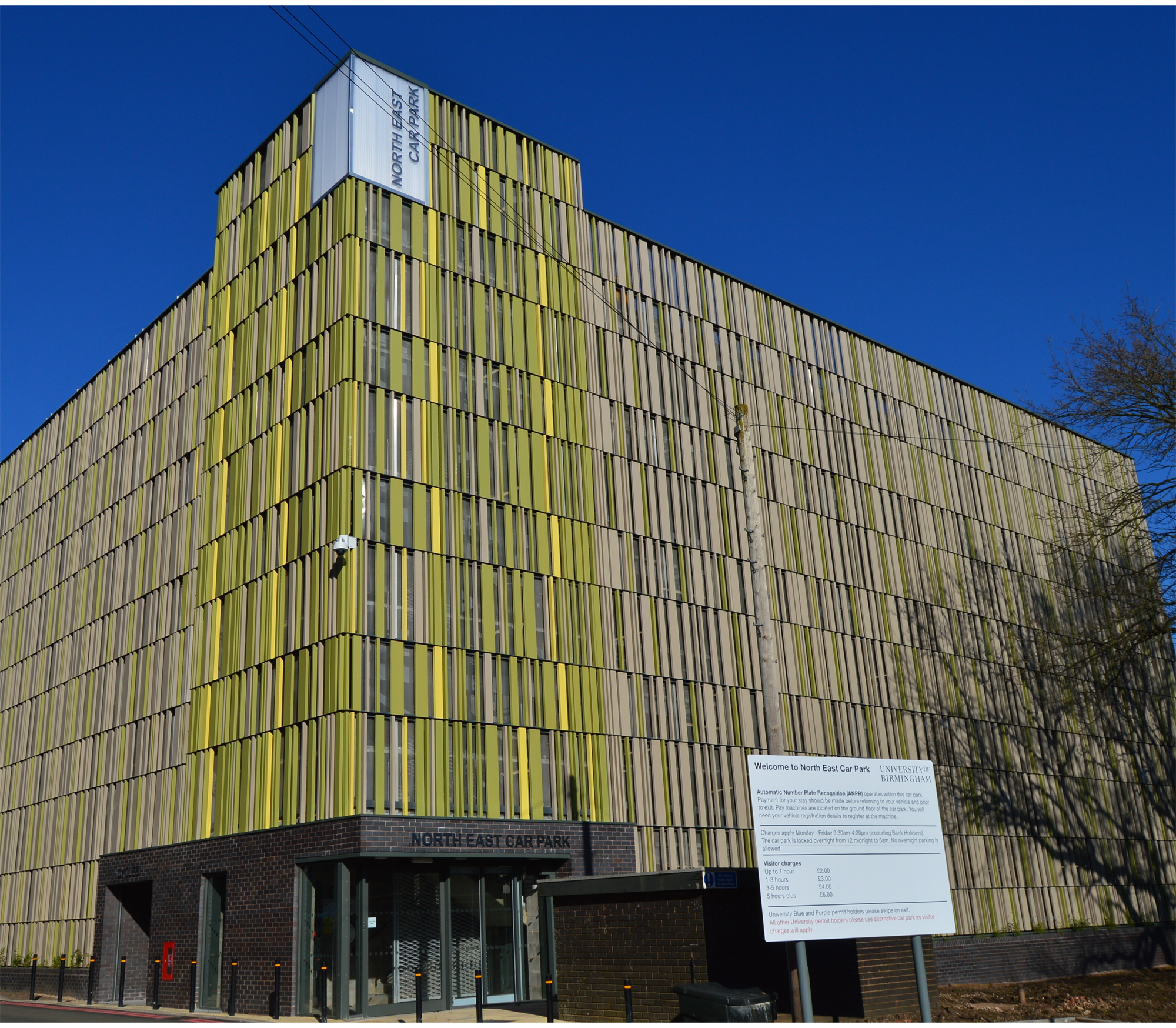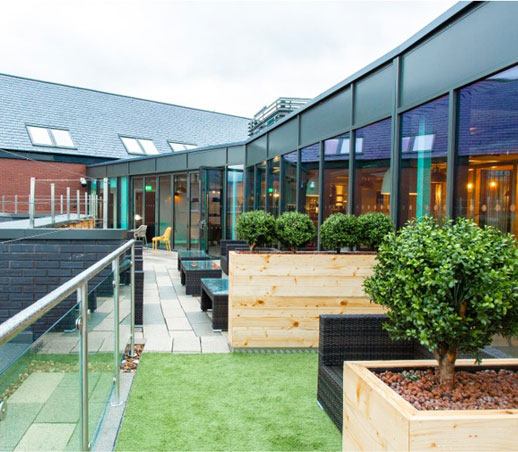Challenge 1: Live university campus adjacent to occupied high-rise building: We established and maintained a positive relationship with key representatives from the adjacent building; this was instrumental in ensuring the site team stayed abreast of significant dates for the university, including term times, graduation events, and exams – allowing us to make any necessary modifications to the project programme well in advance, thus helping to further minimise the impact of construction activities. CFA (Continuous flight auger) was determined as the best piling method to reduce risk of vibrational damage to the adjacent building. Noise, dust and vibration monitoring processes were implemented to help further reduce disruption.
Challenge 2: Ground issues: Prior to starting on site, Clegg engaged with a specialist to undertake/commission a comprehensive Unexploded Ordnance (UXO) survey to determine any risk of unexploded items of ordnance embedded in the ground. The results of the survey deemed the site to be at medium/high risk of this, with Clegg further instructing a pre-probe survey to identify ‘ferris objects’ as part of our UXO mitigation plan.
Challenge 3: Constrained site: The university wanted to optimise space to accommodate the growing number of students, staff, and visitors to campus. Despite spatial constraints, this was achieved through close collaboration with the site and project team – and to ‘Park Mark’, Safer Parking Scheme standards – by allowing for minimal circulation space that would allow vehicles to navigate the car park and move in and out of bays with ease, without compromising on available car parking space (in accordance with the patented Hill Cannon Vertical Circulation Module).





